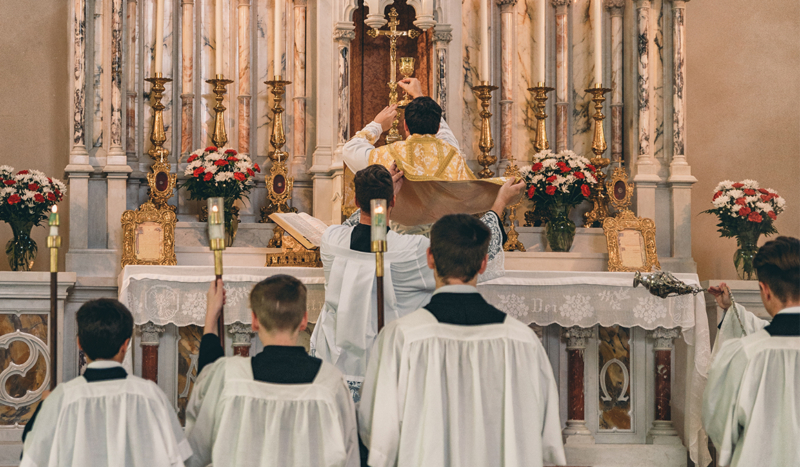
Photo by Alison Girone
Senior American journalist and Vatican correspondent Diane Montagna released additional material July 10 indicating that a Vatican report used in the lead-up to Pope Francis’ Traditionis Custodes supported continued access to the Traditional Latin Mass (TLM).
The 2020 survey of bishops, commissioned by Pope Francis through the Congregation for the Doctrine of the Faith (CDF), was cited as the basis for the 2021 decree restricting the older form of the liturgy.
As CatholicVote reported July 2, the initial documents revealed that most bishops who responded to the survey supported the continued implementation of Summorum Pontificum, Pope Benedict XVI’s 2007 apostolic letter granting broader access to the traditional liturgy.
The report, dated February 2021, concluded that altering those permissions “would cause more harm than good.”
Montagna published the Vatican protocol number for the CDF report — N. 03/2020-ED — on her July 10 Substack, along with an excerpt from the report’s second part. She said the excerpt includes the introduction to the report’s “Synthesis” section, which identifies the “Overall Assessment” as the official opinion of the CDF cited by Pope Francis in Traditionis Custodes.
The Vatican has not confirmed the documents’ authenticity. According to Montagna, Vatican spokesman Matteo Bruni described the released material as “very partial and incomplete” in a July 3 press conference, adding that Pope Francis also relied on other confidential reports not referenced in the decree.
Motagna questioned Bruni’s claim. She noted that Traditionis Custodes and its accompanying letter cite only the bishops’ survey as the reason for the Pope’s intervention.
“[Pope Francis] did not refer, even obliquely, to any ‘further documentation’ and ‘other confidential reports resulting from additional consultations,’ now mentioned by Matteo Bruni,” Montagna said.
She also argued that the newly released report on the survey — which Bruni described as “partial and incomplete” — was in fact a full and accurate reflection of the bishops’ responses.
“The sections of the CDF final report that I released were ‘partial and incomplete,’ in the sense that they were not the full report,” Montagna acknowledged. “However, this does not mean that the [CDF report] itself was a ‘partial and incomplete’ account of what the bishops said.”
She said that if other documents played a decisive role, their absence from the official explanation creates a gap in understanding how the final policy was shaped.
Montagna maintained that the Vatican’s argument now hinges on whether these alleged additional documents “definitively show that the CDF Fourth Section’s final report was incorrect and did not reflect the position of the majority of bishops.”
If not, she argued, then the CDF’s overall assessment stands as an accurate account of the bishops’ views.“The burden of proof,” she wrote, “is on the Vatican spokesman to demonstrate that these other documents prove the CDF report inaccurately represented the responses of the world’s bishops to the questionnaire, and that Pope Francis in fact had the support of the greater part of the responding bishops in issuing Traditionis Custodes and revoking Summorum Pontificum.”

